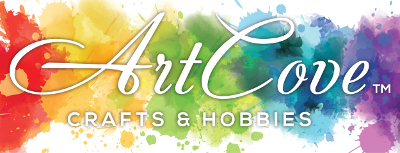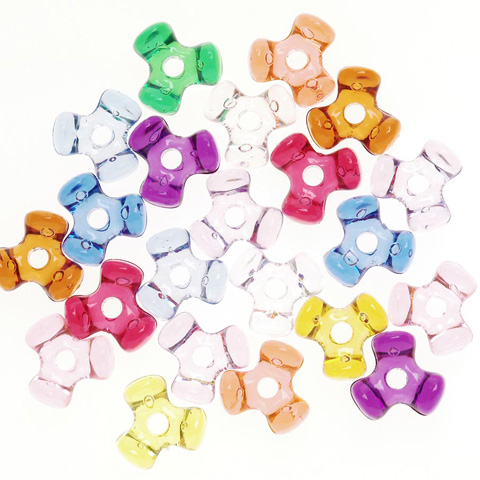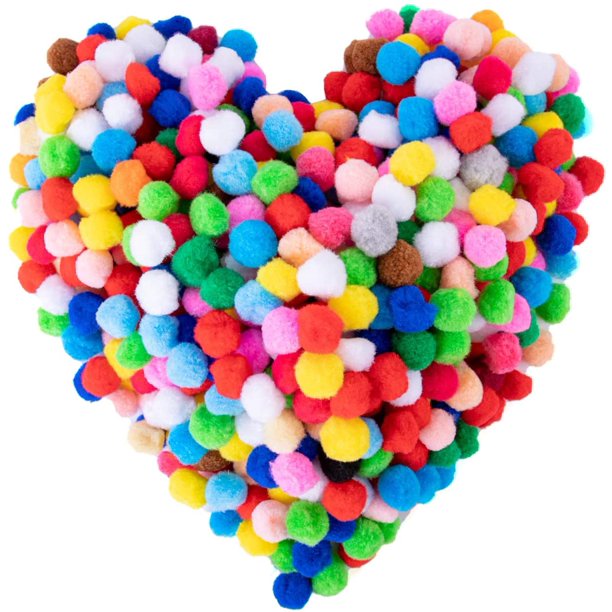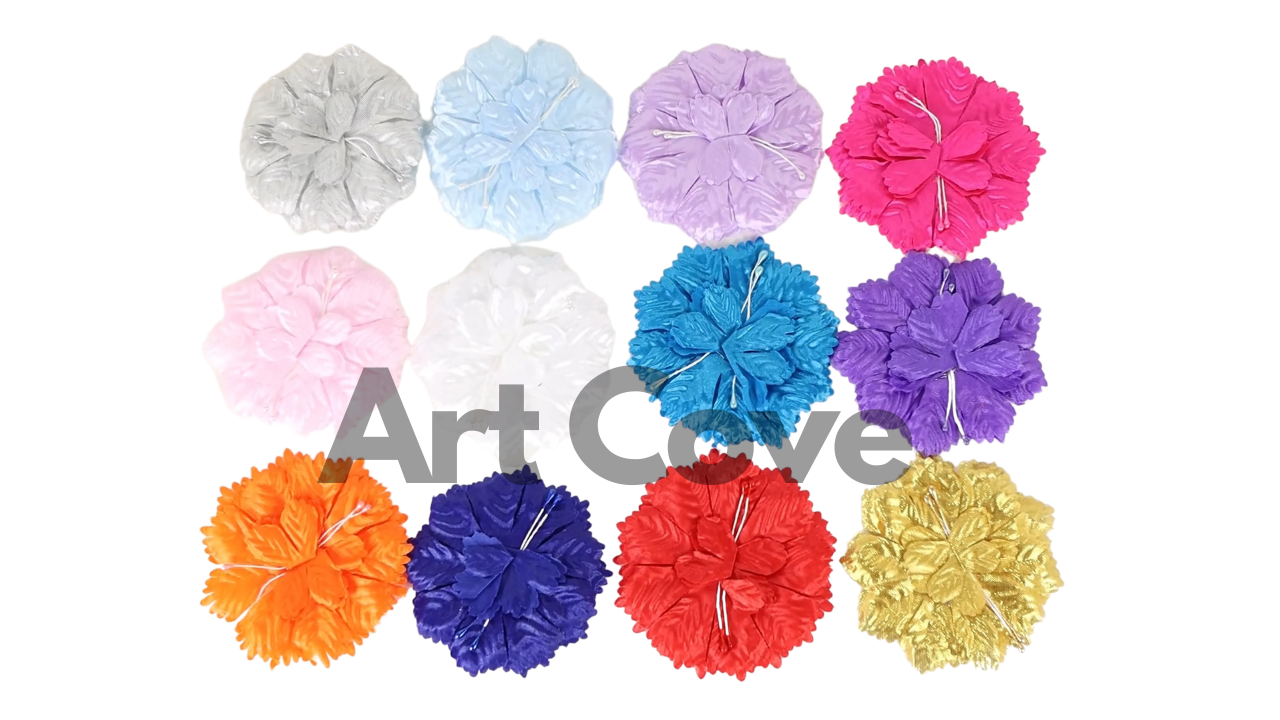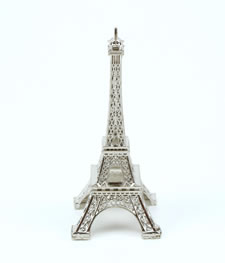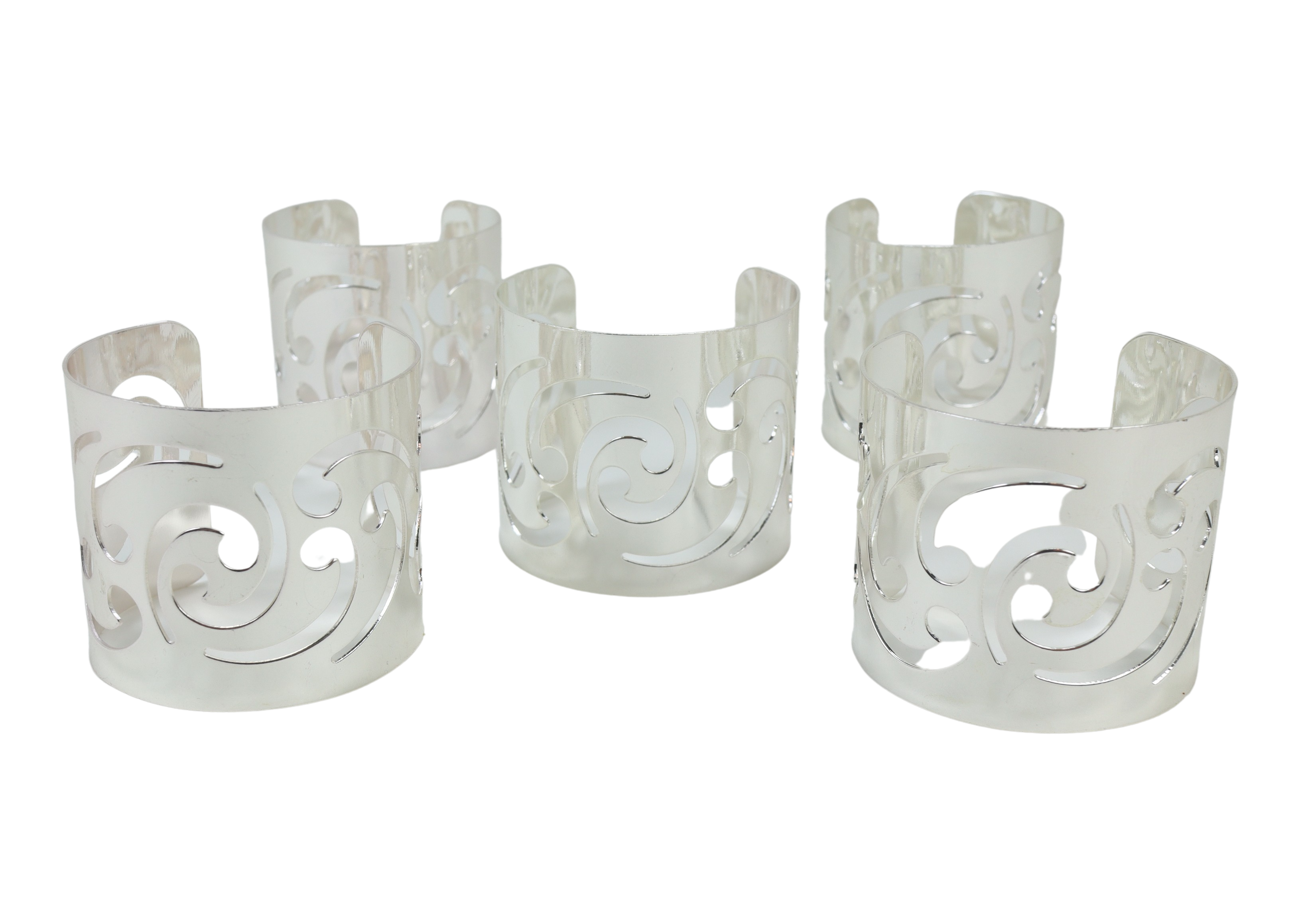Calligraphy 101: Your Guide to the Best Calligraphy Tools
11/26/2021
by
To boost your calligraphy from ordinary to extraordinary, you don't have to become a dedicated calligrapher and specialist; all you require is the proper supplies plus a little bit of effort. Although, with far too many pens, nibs, and inks to choose from, it may be difficult to keep track of them constantly.
We offer you our top calligraphy tools that you can also find on our arts and craft store online, so don't stress about it. These are the items that you must carry when you're doing calligraphy:
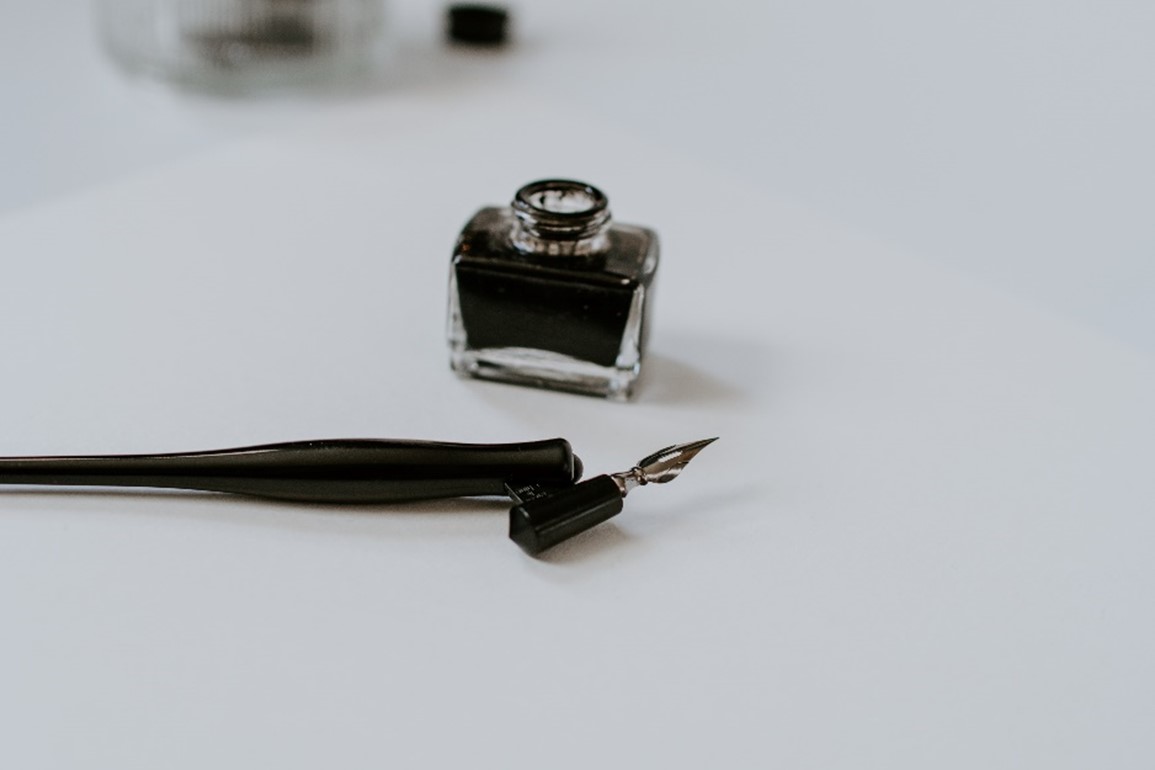
Things To Consider
1. Style Of the Pen
A classic dip pen, a detachable pen, or a cartridge-filled pen represent the three kinds of pens available. Whatever option you prefer is a matter of personal choice.
· Using A Dip Pen
Dip pens provide more flexibility in terms of nib plus ink selection, but they may be messier and have a higher training curve. Dip pens also involve using additional instruments, like nibs should be used in conjunction with nib grip. There are two kinds of nib grips: straight grips and curved holders. Straight grips look like typical pens. For right-handed artists and writers, oblique grips set the nib over the appropriate writing angle. Also, always keep in mind that not all nib grips are functional across all nibs.
· Pen With a Cartridge
A detachable or cartridge-filled pen, on the contrary, is drastically neater and far handier. Unfortunately, the types of inks plus nibs offered for such pens are relatively limited. Conventional calligraphy pigments are heavier and can jam cartridge-filled pens' draw mechanisms, while disposable pens generally are not reusable.
2. Nibs
· Italic Nibs
Italic or flex nibs seem to be the two most common types of nibs. Gothic, Italic and other geometric designs are frequently written using italic nibs, which feature a sharp edge. To produce line diversity, such nibs depend on the differences in length and breadth. They aren't generally flexible.
· Flex Nibs
Flex nibs feature two tines that converge to a tip and are also known as pointy pen nibs. Since their tines split whenever force is exerted on the nib, these might provide line variability. The larger the arc, the greater they divide. The fundamental method used in every traditional and pointy pen calligraphy involves managing the degree of force exerted on the pen nib.
3. Paper And Ink
Almost all of the nib pens used nowadays are cartridge-filled. These may be stocked using cartridges or used in conjunction with a converter to give you exposure to thousands of unique bottled inks.
Make doubly sure to use ink manufactured exclusively for nib pens when filling your pens. Dyes for calligraphy are made with compounds that choke the feeder and nib, ruining the pen.
If you're looking for paper, avoid ordinary printing paper. Calligraphers' pens often release extra ink; therefore, leakage is more frequent on low-quality papers. Pick a good higher-quality fabric that will not leak or flutter. If you're not certain what sort of paper material to use for calligraphy, search for a sheet that can be used with your fountain pen.
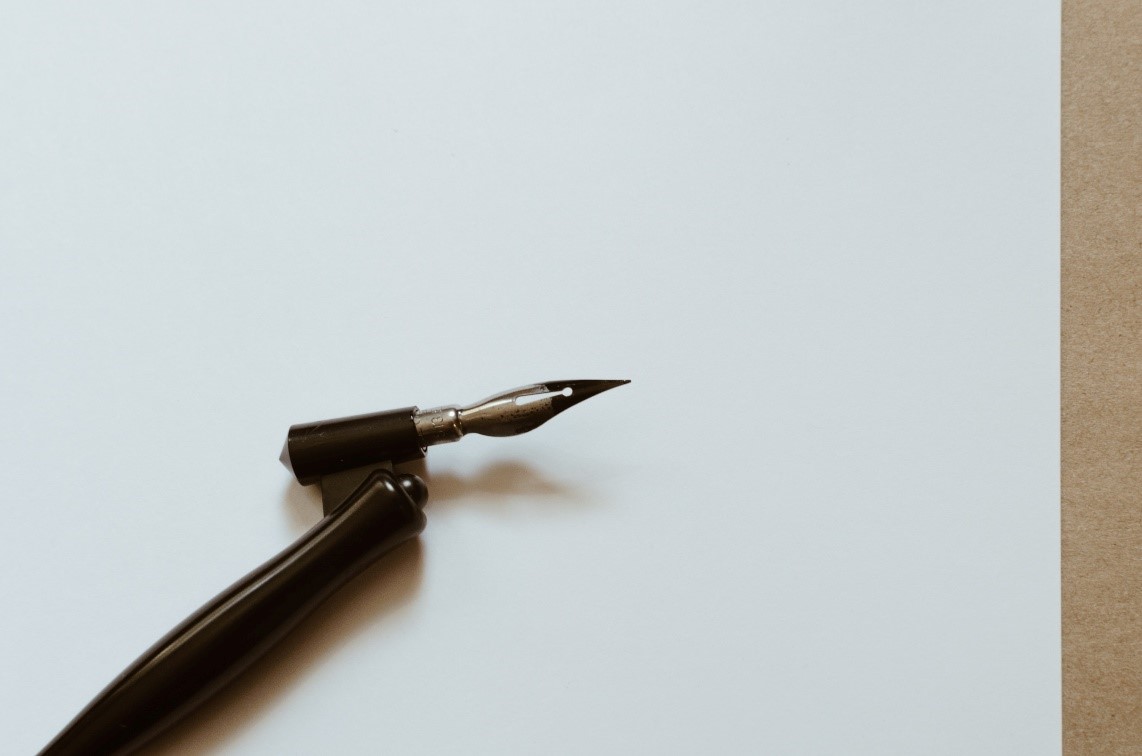
That's all the tools you need to start doing calligraphy. You don't need to go for the high-priced stuff on the market. Start from the bottom and then gradually lift yourself to the top. If you're looking for the best calligraphy tools, make sure to check out our online craft store called ArtCove. We are packed with arts and crafts supplies, jewelry making supplies, craft bells, knitting supplies, and much more. Check out our online art supply store for discounted prices, and like our Facebook page for future updates.

